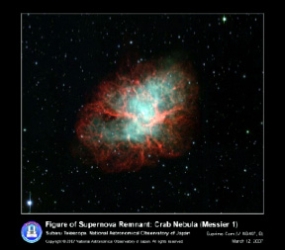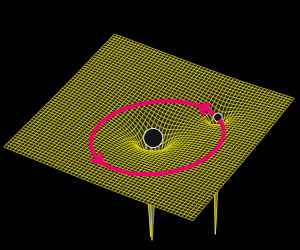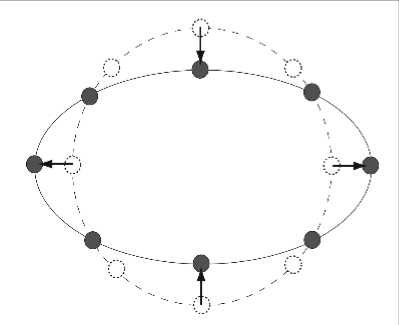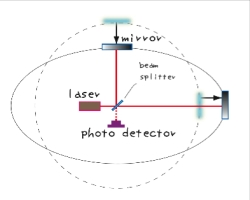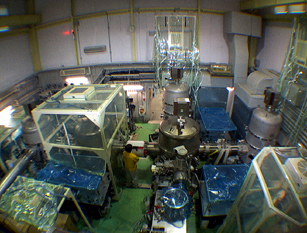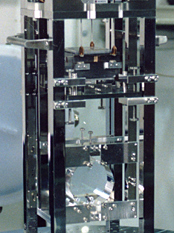Gravitational waves (GW) are ripples in spacetime. The existence of the GW was predicted by Einstein's theory of general relativity in 1916. Its existence was indirectly proved by R.Hulse and J.Taylor in the 1980's. They have obseved a neutron star binary PSR1913+16 for more than 10 years, and then it is found that the distance of the binary is gradually reduced owing to GW emission. They were awarded the Nobel prize for this work.
On September 14 2015, the LIGO detectors directly observed gravitational waves from the merger of two black holes. This is an enormous achievement, but only the beginning of the entirely new field of gravitational wave astronomy.
